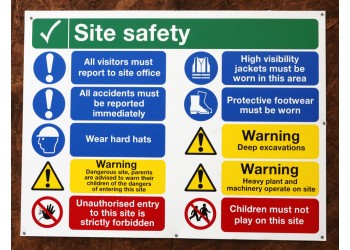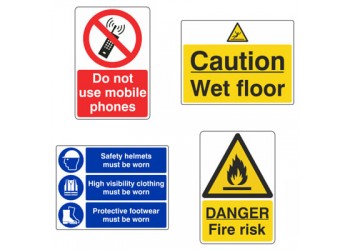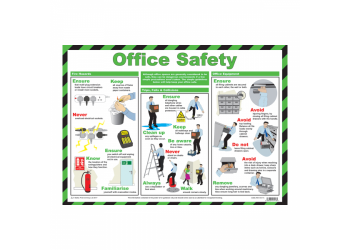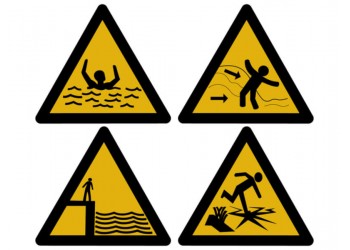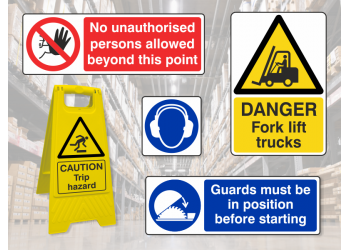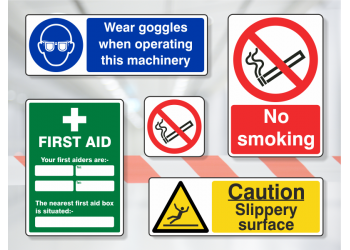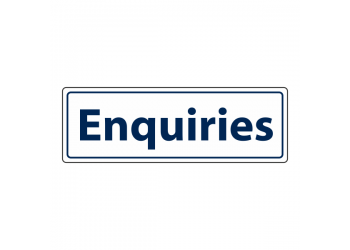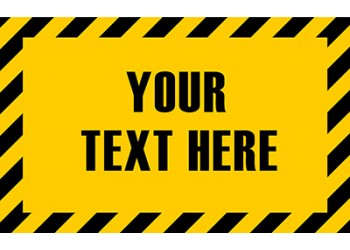While safety signs and drones may feel like a distant partnership, understanding the risk of these machines gives your business more secure. Here in the UK, there are a number of rules and regulations in place to manage the use of drones or UAVs (unmanned aerial vehicles). In this guide, we’ll walk through everything you need to know – both about being a business prohibiting drone use and being an owner of one of these machines.
What Is a Drone?
Within the aviation sphere, a drone is known as an unpiloted aircraft. It is essentially a flying robot that is controlled remotely or has been programmed to fly autonomously on a specific trajectory. They have risen in popularity recently, mainly in line with their depreciation in cost. Originally, drones were used in the forces as a means of military protection. Today, they are used for a number of recreational activities including aerial photography/videos and to deliver machinery in a quick, efficient manner.
What Businesses Need to Consider Drone Use?
The use of drones can span a variety of industries. Specifically, it is those that operate above the general public that needs to be managed. Many wedding venues or videographers choose to use drones to record ceremonies, giving a unique perspective on a special day. Equally, businesses may choose to have a promotional video made about their company, which showcases the premises from the sky.
What Permissions Are Needed?
All local councils set their own rules surrounding local drone flying policies. There are several locations in the UK where drone flying is prohibited. This is largely in areas such as national parks or English heritage sites – known as no-fly zones. Websites such as No Fly Drones lists all of the places in the UK where drones cannot be used. For any drone being used for photographic purposes, permission needs to be gained from the landowner.
Do Drone Owners Need a License?
No. At present, there are no license requirements for drone owners. There are, however, regulations supplied by the CAA (Civil Aviation Authority) that specify:
- A drone must weigh less than 20kg.
- It must be flown in a safe manner.
- It must be in direct sight at all times.
- Care must be taken to ensure it does not collide with another aircraft.
- It must not endanger anyone or anything else.
- It must be flown at a height of 400ft or less.
While you don’t need a license, you do have to take a drone safety test to minimise the risk of accidents. If your model weighs over a certain amount, it must be registered and there is a ban restricting the use near airports. To monitor this, there are synchronisable apps that alert the user if a drone is moving closer to a no-fly area.
What Risks Do Drones Present?
Here at Lasting Impressions, we are all about mitigating risk. And, to do this, you need to understand what types of hazards are common in relation to drones. The exact ones that relate to your business will differ, depending on the manner in which they are used. However, understanding the scope of risk allows you to be better informed when it comes to putting in place restrictions around drone use. Some common accidents or risks include:
- Radio Frequency Interference – If the signal between your remote and the machine becomes broken, it can result in a loss of control. On occasion, the drone free falls and presents significant hazards. Falling objects from height are very dangerous and have the potential to be fatal.
- Invasion of Privacy – As we mentioned above, you must seek permission from the landowner before using a drone with a camera. Without this, you are breaching their right to privacy and open up the scope of criminal activity.
- Aerial Surveillance – There have been reports of drone use to illegally surveillance an area. Again, this is a direct violation of privacy.
- Data Collection – Any data collection should be managed legally and respectfully. Utilising a drone, which can fly largely undetected at height, to gain this information is unlawful.
- Lack of Training – Without the proper training, drone flying can present a significant risk to wildlife, buildings and people on the ground.
- Lack of Aviation Knowledge – There needs to be a clear understanding of the restrictions around flying in public spaces. This includes knowledge of no-fly areas and commercial flight routes. Without this, people can find their drone in dangerous situations with little knowledge of how they have broken a rule.
The Need for Drone Signage
When it comes to safety signs for drone use, there are two categories – prohibition and information.
Prohibitory Drone Signs
As the name suggests, these signs prohibit the use of drones in an area. The responsibility to provide this information in a clear and concise form to guests and visitors lies with you. Our ‘Use of Drones Is Prohibited In This Area’ signs come in both standard and large portrait. We also have residential designs such as ‘Private Property – Remote Controlled Aircraft Prohibited’ or ‘No Drones – Use of Drones and UAVs Prohibited’ designs. All of these are adequate for informing individuals that this action is not acceptable and will not be tolerated.
Information Drone Signs
On the flip side, we also have a range of informational drone signs that advise visitors and guests that drones will be flying in the local area. These include ‘Aerial Photography – Caution Drone Operating Signs’ which also come as floor stands for temporary use. Within the floor stand range, you have the option of grey or yellow, depending on the intensity required at any given sight.
Drones may be rising in popularity but, as a business owner, it is your right to decide whether they have permission to film on your premises. Here at Lasting Impressions, we design signs that help you safely pass on information in a clear, legible fashion. If you would like more information about these signs, please do get in contact here today.

